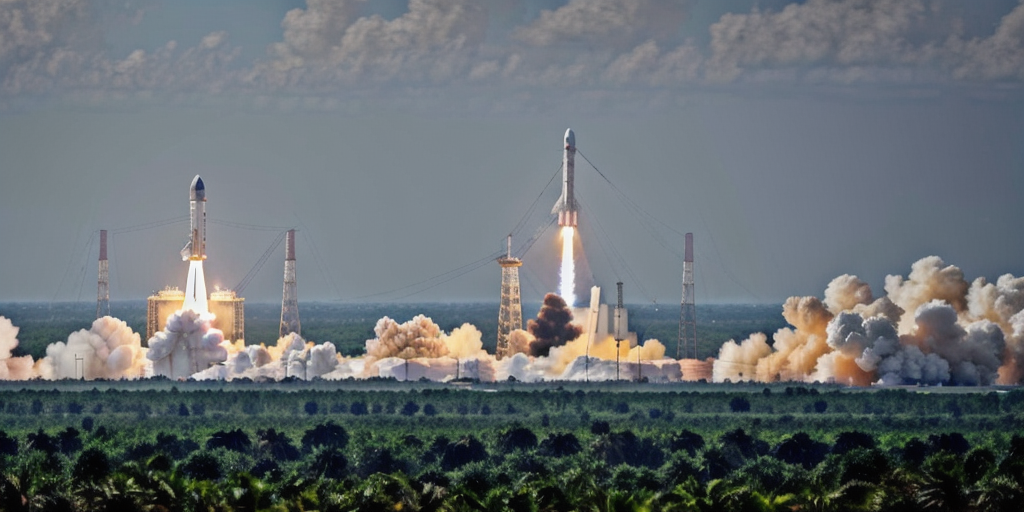
NISAR Earth observation satellite successfully launched by ISRO and NASA, GSLV-F16 makes history
How did your country report this? Share your view in the comments.
Diverging Reports Breakdown
NISAR Earth observation satellite successfully launched by ISRO and NASA, GSLV-F16 makes history
The NISAR (NASA-ISRO Synthetic Aperture Radar) satellite was launched on Wednesday. It is the first radar imaging satellite globally to operate with dual radar frequencies, enabling it to detect subtle shifts on the Earth’s surface. The satellite will map global land masses, ice-covered terrain, sea ice, islands, and select ocean regions every 12 days, using both L-band and S-band radars. The primary goals of the mission include monitoring land and ice deformation, analysing ecosystems, and observing oceanic phenomena of mutual interest to scientists in India and the United States. All observations made by NISar will be freely available to the global scientific community within one to two days, with near real-time access during emergency situations.
Notably, the lift-off took place on July 30, 2025, at 17:40 IST from the Satish Dhawan Space Centre in Sriharikota, Andhra Pradesh.
This landmark mission, over a decade in the making, represents a combined investment of more than $1.5 billion by the Indian and American space agencies.
NISAR was deployed into orbit aboard the GSLV-F16 (Geosynchronous Satellite Launch Vehicle). While such missions are typically carried out using the PSLV, this marks the first occasion a GSLV rocket has placed a satellite into a Sun Synchronous Polar Orbit.
It is noteworthy that the NISAR is the first radar imaging satellite globally to operate with dual radar frequencies, NASA’s L-band and ISRO’s S-band, enabling it to detect subtle shifts on the Earth’s surface, down to changes as small as a centimetre, according to the two space agencies.
“Liftoff! And we have liftoff! GSLV-F16 has successfully launched carrying NISAR,” ISRO announced on X.
Weighing 2,392 kilograms, the NISAR satellite has been successfully inserted into a sun-synchronous orbit. It will circle the Earth approximately every 97 minutes, capturing detailed images of land, ice, and select ocean surfaces every 12 days.
Designed with a mission lifespan of five years, NISAR is equipped to deliver vital data on changes to the Earth’s surface with exceptional accuracy.
Earlier in the day, ISRO had posted on X: “Launch Day has arrived for GSLV-F16 & NISAR. GSLV-F16 is standing tall on the pad. NISAR is ready. Liftoff today.”
Union Minister Jitendra Singh hailed the launch, calling it more than a satellite, it represents India’s “scientific handshake with the world.”
NISAR’s most distinctive feature is its dual-band Synthetic Aperture Radar, which utilises an innovative SweepSAR technology. This allows the satellite to produce high-resolution images over broad geographic swaths.
ISRO noted that the satellite will map global land masses, ice-covered terrain, sea ice, islands, and select ocean regions every 12 days, using both L-band (from NASA) and S-band (developed by ISRO) radars.
The primary goals of the mission include monitoring land and ice deformation, analysing ecosystems, and observing oceanic phenomena of mutual interest to scientists in India and the United States.
The initial 90 days post-launch will be dedicated to the In-Orbit Checkout (IOC) phase, during which the satellite’s systems will be tested and calibrated before full scientific operations begin.
A notable aspect of the mission is its open data policy, all observations made by NISAR will be freely available to the global scientific community within one to two days, with near real-time access provided during emergency situations.
